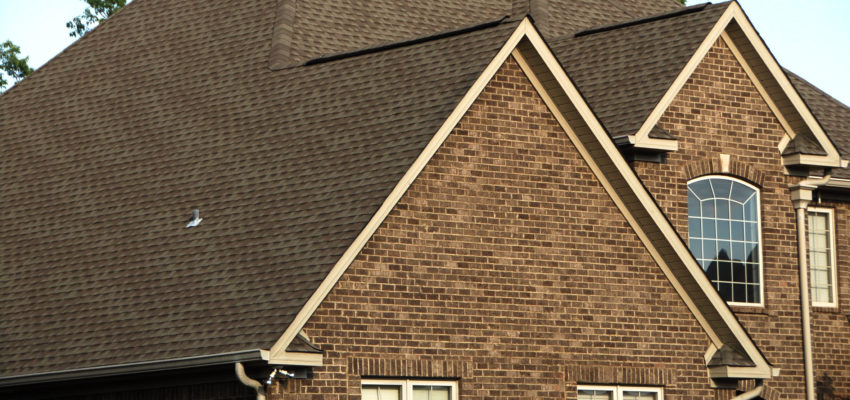Roofing Facts – Compiled from questions asked by clients of the Tuscaloosa Roofing Pros
Q: For how long should a roof be expected to last?
A: Because all roofs will eventually deteriorate, how quickly they do so is dependent on many factors. Ventilation of the roof and attic, local climate, level of materials quality and more can all affect the projected lifespan of a roof.
Q: What factors contribute to roof deterioration?
A: Roof deterioration is the result of a combination of many things. Ultraviolet rays from the sun, extremes in temperature, wind and rain, level of foot traffic and more can all deteriorate a roof over time. Additionally, shingles of a darker color live shorter lives than lighter colored shingles.
Q: What can cause wood shingles to crack and split?
A: The cracking and splitting of wood is a natural occurrence as wood ages, and is primarily a result of swelling from moisture absorption and shrinking from the drying that follows.
Q: Can a pre-existing roof be covered with another layer?
A: Local building codes occasionally have ordinances which restrict the number of layers a building may have. Multiple layers often make a roof more vulnerable to hail, and applying new roofs over wood shingles may result in problems with fungus.
Q: Is it possible to repair composition shingles?
A: If damage to the shingles is minor, a contractor can replace individually damaged shingles.
Q: How large does hail need to be to damage roofing?
A: Several variables can determine whether hail will damage your roof, including the type and age of the roof, wind speed, density, hardness, and even shape. Typically, hail around the size of a marble won’t damage well maintained composition shingles, unless in extreme winds.
Q: Is it normal to find granules from a composition roof in the gutter and driveway?
A: Granular loss is a normal part of the weathering that composition shingles undergo, but wind, rain, and other affects can also displace some of the granules.
Q: Is it normal to discover lightly colored “splatter” marks on the roof after a hailstorm?
A: Such marks are normal to see after hail. After installation, the roof darkens due to the presence of oxidation and algae, which are both removed during contact with hail. These marks will disappear as the oxidation and algae return.
Q: Are houses in the same neighborhood all affected in the same ways by hail?
A: Because the physical aspects of hail can vary widely even within small areas, different houses are affected differently during hailstorms. Velocity of the hail, geography, age, and condition of the roof, and wind direction can all also alter how hail affects a roof.
Q: What are particular obstacles one should consider before replacing a roof?
A: Several subjects should be considered when undertaking that process, including:
1. The design of your roof may have been intended for wood shingles.
2. The eaves of your house may not have the right positive air intake for ventilation if a composition roof were installed.
3. You should be aware of what decking and wood lath you’re working with, as the interface of materials with your existing valleys, trim, and dormers can alter the roof design.
4. Wood shingle roofs are able to “breath” on their own, due to wood’s moisture evaporation and convection of heat. Replacing wood shingles would necessitate additional ventilation such as vents or wind turbines.
5. If you have a vaulted ceiling, it may be constructed into the roofline, and depending on the lay of insulation, air may not be able to circulate and dissipate heat properly. Specialized channels can now be installed during re-roofing that will allow for proper movement of air.
6. Some new materials can be installed that will save money with air conditioning and heating, such as solar shield decking, sensory exhaust fans, as well as Energy Star rated roofing products. Ridge Vents are also available that provide non-powered attic ventilation, with 5 feet being equivalent to 2 wind turbines.
7. Composition, metal, or thermoplastic roofs require some method to move hot air out of the attic, or else the attic’s temperature would be exponentially increased, as would the bill for air conditioning. Attics need the right intake and exhaust if you want to keep temperatures down.
8. Your roof may have an open valley or a closed valley, with the primary drawback of the latter being the build up of material into a visible hump in the roof. Open valley designs not only eliminate that build up, but also divert water away from the roof.


